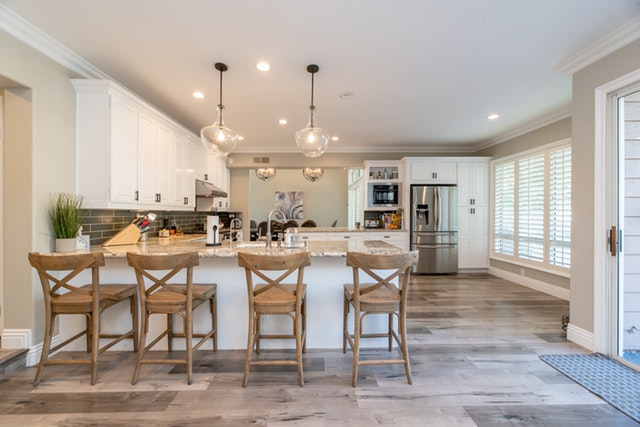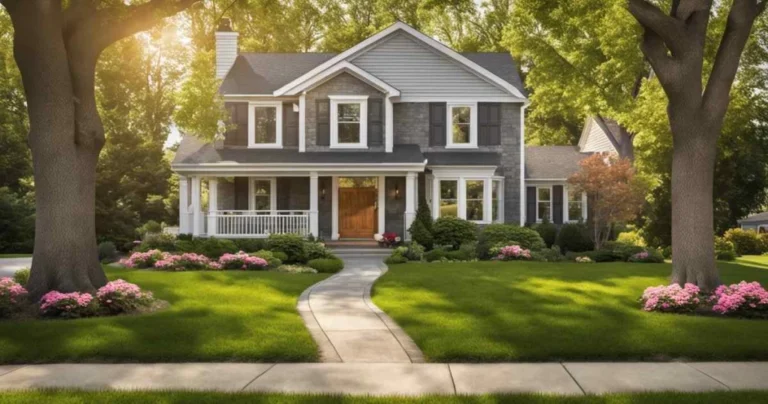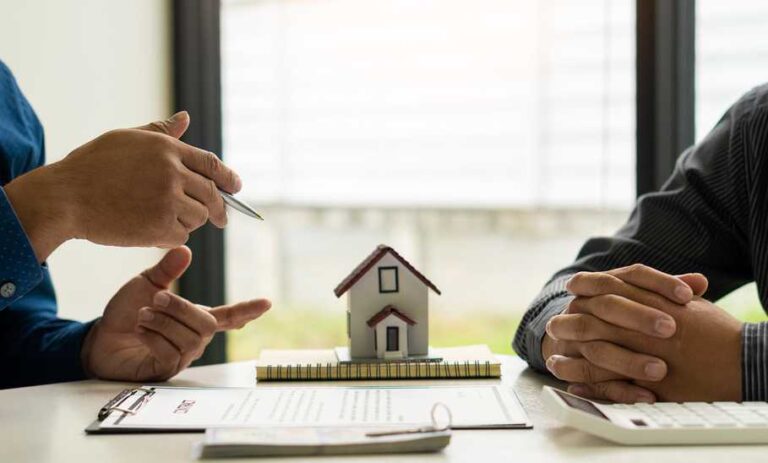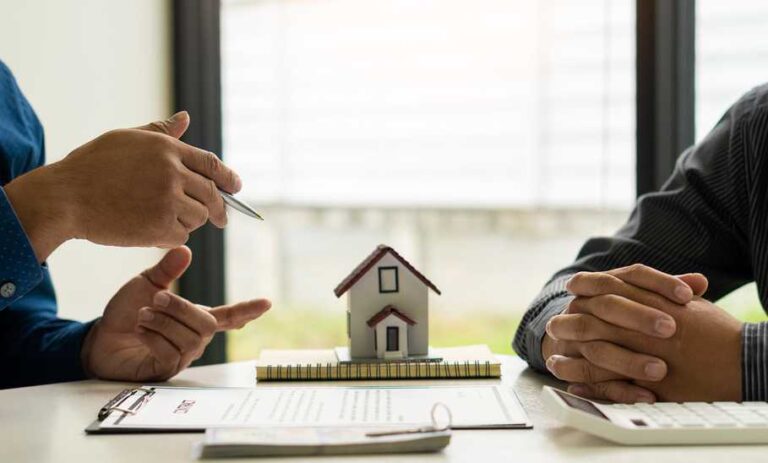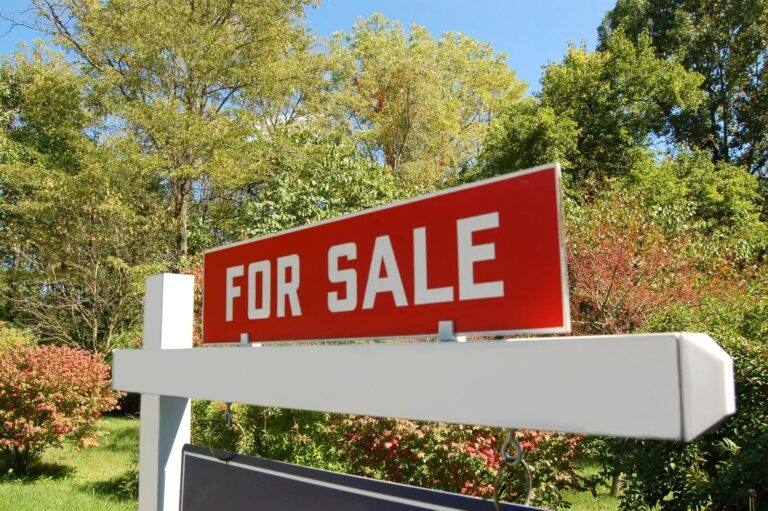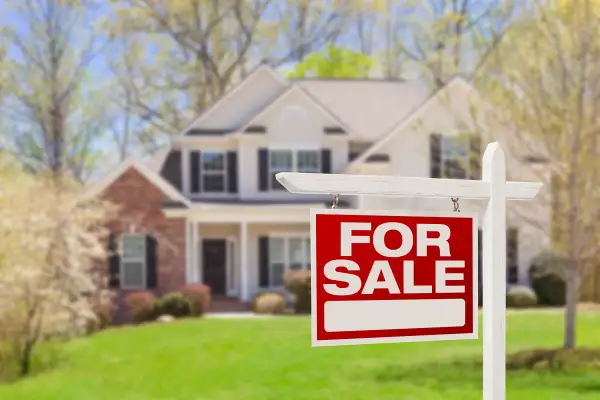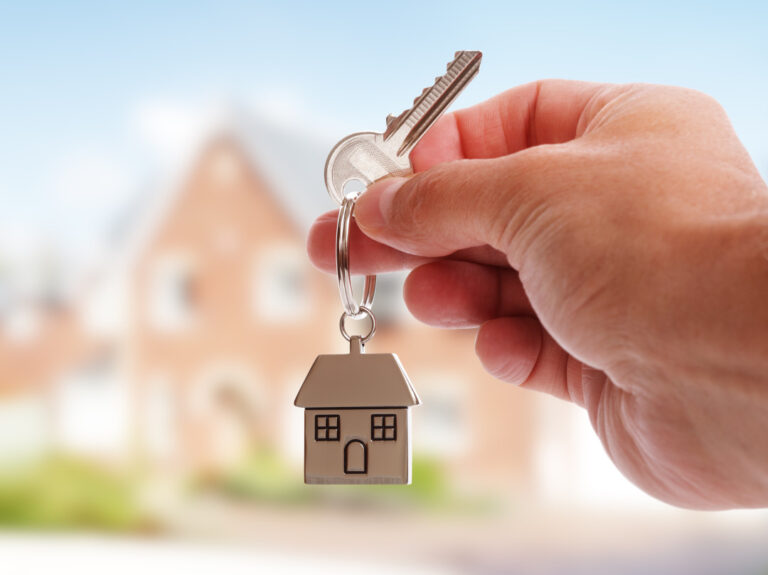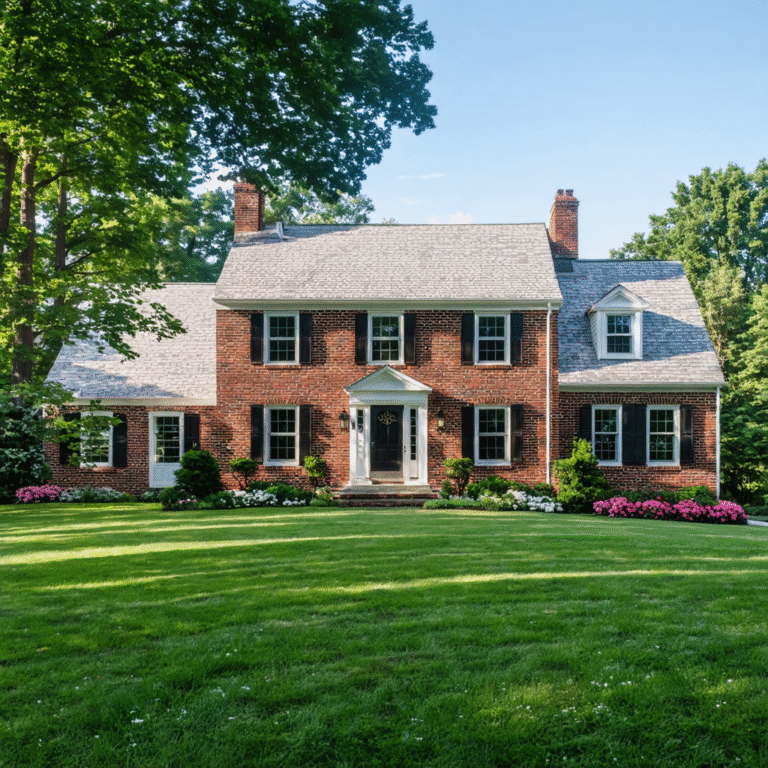Selling a home involves many moving parts, and one aspect that often causes confusion for sellers and buyers alike is figuring out exactly what’s included in the sale. Many homeowners are uncertain about what personal items, appliances, or fixtures they must leave behind and which ones they can take with them when they move out. Understanding these boundaries is crucial for both parties and can help ensure a smooth transaction.
In this blog, we’ll break down the items typically included in a home sale and what is generally expected to stay behind, as well as offer some tips for how to avoid any misunderstandings during the process.
The Basics: What Stays & What Goes?
When selling a home, the rule of thumb is that anything attached to the property stays. These are items that are considered fixtures—things that are fixed or affixed to the house. Conversely, items that are not attached, such as personal belongings, are generally not included in the sale.
What Stays? – Items That Are Included in the Home Sale
Built-in Appliances and Fixtures
Appliances that are fixed to the home, such as built-in dishwashers, ovens, and cooktops, are typically included in the sale. Even if you bought a new fridge or washer and dryer, these items are generally considered personal property and do not automatically stay unless otherwise stated in the agreement.
Light Fixtures
Light fixtures that are installed in the home are generally included in the sale. This includes overhead ceiling lights, chandeliers, pendant lights, and sconces. However, if you have a cherished family heirloom chandelier that you’d like to take with you, you will need to address this with the buyer and clearly state it in the sale agreement.
Window Treatments
Most window treatments such as blinds, drapes, and curtain rods are considered part of the property and will stay with the house. However, if you have high-end or sentimental window coverings, you can negotiate with the buyer to take them with you, but this must be outlined in the contract.
Built-in Shelving or Storage Units
Shelving, cabinetry, and other storage systems that are installed in the wall are considered fixtures and must stay behind. Custom bookshelves and cabinets that are built into the structure of the home are generally included, as they are considered part of the property.
Landscaping
Any landscaping that is attached to the property, including trees, shrubs, flower beds, and other plants, typically stays with the home. If you have a specific plant or tree that you want to take with you, make sure to notify the buyer and remove it before the sale goes through.
Fencing and Other Outdoor Structures
Fences, gazebos, and other outdoor structures that are permanently installed or attached to the land must stay with the property. If there are movable outdoor furniture or items like patio umbrellas or planters, these are typically considered personal property and may not stay unless negotiated.
Garage Door Openers and Security Systems
Automatic garage door openers and security systems (including cameras, alarms, and home surveillance systems) are usually included in the sale as part of the home. However, it’s essential to clarify this with your realtor home for sale to avoid any confusion later.
What Goes? – Items That Are Not Included in the Home Sale
Personal Belongings
Anything not affixed to the home, including furniture, clothing, family photos, and personal items, will be removed before the sale is finalized. These personal belongings should be packed up before showings or inspections begin, especially if you’re marketing your property online home selling platforms like house for sale online.
Free-standing Appliances
While built-in appliances stay with the house, free-standing appliances such as refrigerators, washers, dryers, and microwaves do not automatically come with the home. If you want to leave these items behind, it should be stated explicitly in the sale agreement. Conversely, if you plan to take them, this should also be clarified in the contract.
Outdoor Items
Items like movable planters, garden statues, and lawn equipment are not included in the sale unless agreed upon in writing. If you have outdoor furniture, tools, or decorations that you want to take, ensure that these are removed before the sale goes through.
Potted Plants
Potted plants, unless they are planted in the ground, are considered personal property and are not included in the sale. If you have certain plants you want to leave behind, this can be negotiated with the buyer.
Decorative Items
Any personal decorative items, including artwork, rugs, mirrors, and antiques, are not included in the home sale unless explicitly stated in the agreement. If you want to keep certain pieces, make sure they are removed before showing the house to prospective buyers.
What to Do to Avoid Confusion
While the general rule is that built-in items stay, and movable items go, misunderstandings can still arise. To avoid confusion and ensure a smooth transaction, here are some helpful tips:
1. Clarify with Your Realtor
Before listing your home, talk to your realtor for sale about the items that will and won’t stay with the property. Your agent can help you understand which items are considered part of the sale and guide you on what should be excluded from showings or sales discussions. Clear communication upfront can help avoid future conflicts.
2. Be Specific in the Listing
When you create your listing for houses for sale online, be specific about which items will stay with the property and which ones will go. For example, if you intend to take certain fixtures or appliances with you, it’s important to specify that in your listing description.
3. Negotiate in the Sales Contract
When the sale agreement is being drafted, you can include provisions for certain items to stay or go. For example, if you’re selling your property for sale in the United States and plan to take your washer and dryer, state this in the contract. On the other hand, if you agree to leave some personal items for the buyer, document it in writing as part of the agreement.
4. Remove Personal Items Before Showings
To avoid confusion, it’s a good idea to remove any personal belongings before listing your home or during early showings. This ensures that prospective buyers can envision themselves living in the space without distractions from personal items.
5. Consult the Buyer’s Agent
When you receive an offer, make sure the buyer’s real estate agent for seller is clear about any items the buyer expects to stay and any that you intend to take with you. This ensures that both parties are on the same page before moving forward.
Q&A Section
Do I have to leave my refrigerator and washer/dryer?
A: Not necessarily. These appliances are considered personal property unless they are built into the home (e.g., a built-in refrigerator). If you plan to take them, make sure to discuss it with the buyer and outline it in the contract.
Can I take my light fixtures?
A: If the light fixtures are attached to the home, they generally stay with the property. However, if you have a special chandelier or lighting fixture that you want to take, make sure to clarify this with the buyer and mention it in the sales agreement.
What about my outdoor furniture?
A: Outdoor furniture is considered personal property and is not included in the sale unless negotiated. If you want to leave it behind, you must specify this in the agreement.
Can I take my custom-built shelving or cabinetry?
A: No, built-in shelving and cabinetry are considered part of the property and will stay. If you want to remove them, you’ll need to discuss it with the buyer in advance and include it in the contract.
How do I know what stays and what goes?
A: A good rule of thumb is that anything attached to the home stays (e.g., fixtures, appliances, and built-in items), while personal items (e.g., furniture, décor, and free-standing appliances) can be taken. Always clarify with your realtor and the buyer’s agent to ensure there’s no confusion.
By understanding what stays and what goes in a home sale, you can avoid misunderstandings with your buyer and create a smooth, successful transaction. Whether you’re ready to sell your house online or looking to explore realtor homes for sale, being clear about what’s included in the sale ensures everyone is on the same page. If you’re ready to list your home, contact your sellers real estate agent to help you navigate the process and ensure a seamless sale.
How we can help
A home transformation bundle filled with tips for home improvement
Decluttering, organizing, and decorating your home offer numerous benefits that enhance both your living environment and overall well-being. Here are things to mull over:
First, a clutter-free environment can improve sleep, boost mood, and promote relaxation. Decluttering increases self-worth, creates healthy habits, and boosts productivity.
Second, more than two-thirds of people partake in a good spring cleaning session each year. This indicates a widespread recognition of the benefits of decluttering.
Third, a survey revealed that 38.46% of respondents felt they had far too much clutter. Meanwhile, 39.03% said it’s starting to build up, highlighting the common struggle with maintaining organized spaces.
Lastly, a significant number of individuals prioritize home decoration, with 35% opting for modern styles, 22% for traditional, and 12% for mid-century modern designs, reflecting a desire to create personalized and appealing living spaces.
Because of these considerations, we have created the ultimate home transformation bundle.
Let us match you with an agent
If none of the tips above helped, it may be time to move.
You can do so alone but working with a real estate agent offers numerous advantages for both buyers and sellers. Here is why:
A significant majority of individuals engage real estate agents in their transactions. Specifically, 87% of home buyers and 89% of sellers work with an agent.
Homeowners who sell without an agent tend to receive 5–7% less for their properties compared to those who use professional representation.
A substantial 76% of home buyers would use a real estate agent again or recommend one to others, indicating high satisfaction levels.
57% of buyers found that agents were instrumental in helping them decide the details of their offers.
53% appreciated agents for organizing and submitting the necessary paperwork during the purchasing process.
Experienced agents can often set a price on a home the moment they walk through the door, thanks to their deep understanding of local markets and property values.
We can help you find an agent in the most convenient way, just fill our form and be matched with an agent, it is that simple.

